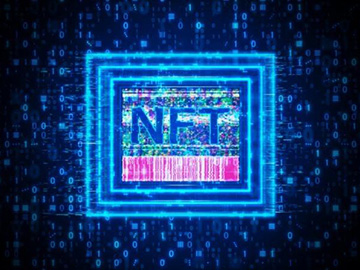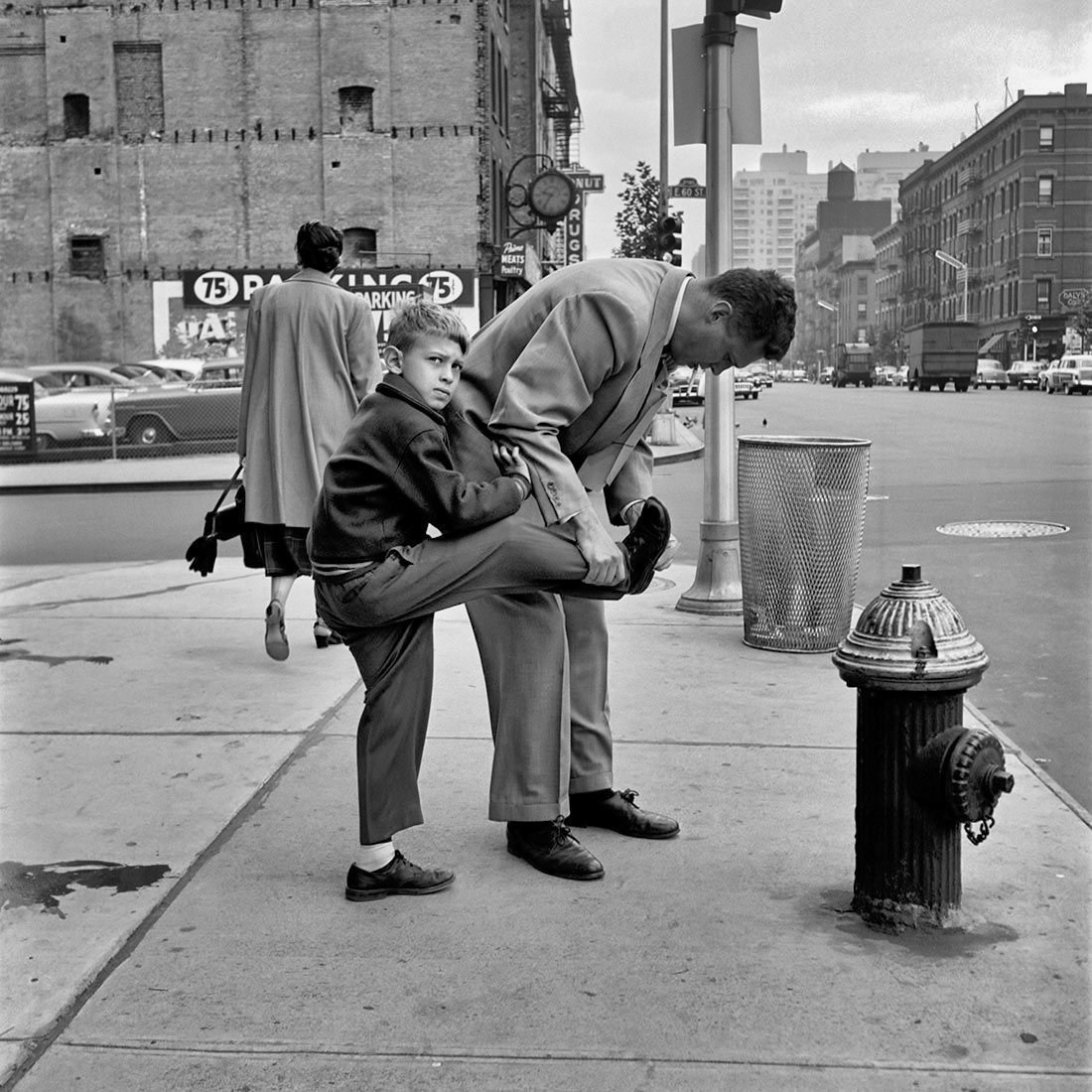Blog
What is an NFT?
Every NFT contains a digital signature which makes each one unique. NFTs are digital assets and could be photos, illustrations, videos, audio files, or another digital format. NFT examples include artwork, comic books, sports collectibles, trading cards, and online games. Tickets to concerts could be made into NFTs so they couldn't be forged.
NTFs are cryptographic assets which sit on a blockchain – that is, a distributed public ledger that records transactions. Each NFT contains unique identification codes that distinguish them from each other. This data makes it easy to transfer tokens between owners and to verify ownership.
NFTs hold a value which is set by the market – i.e., supply and demand – and they can be bought and sold in the same way that physical assets can. NFTs are digital representations of assets – and can also represent real-world items such as artwork and real estate. Tokenizing real-world tangible assets in this way is considered by some users to make buying, selling and trading them more efficient, as well as potentially reducing the likelihood of fraud.
You can buy NFTs either on an NFT exchange such as OpenSea or Nifty, or you could use a defi wallet. Essentially you pay the going price, which is usually in ETH, although other tokens like Sol are becoming popular.
You keep the tokens in a wallet: it is best to have “self-custody”, that is you physically hold the tokens, rather than have them kept in an exchange wallet, as that is less safe.
AI – A Threat to Creators?
The upsurge of artificial intelligence driven computing power in the last few years has made a big impact on a whole number of areas. This includes the creative, visual arts social nexus. Many artists have been worried that their artworks will be imitated and they will lose income.
This is a real fear. Copyright artworks and texts – original content – could be lifted by AI applications and repurposed into new material. It isn't even clear who the copyright would belong to, but it probably wouldn't be the original creator.
The EU has proposed an AI Act, which has not yet been ratified, but this would safeguard the minimum creators' rights. Of course it wouldn't apply other than the EU and it seems to be minimal rather than full protection.
Still, it is a start, but many artists believe that they could be made marginal, a kind of “Uberisation” of creativity of whatever kind, with the rewards coming to the owners of the AIs.
Smartphones v. Conventional Cameras
The ubiquitous smartphone has become a fixture in society, and also professional media. No longer is it looked-down on as a poor relation of a DSLR. Many photographers are using them extensively, and not just when they don't have a main camera on hand.
Yet there still are many reasons for using a professional-level camera. The use of RAW for a start, but also the traditional control over aperture, shutter speed and lens focal length. Smartphones can do many fancy tricks but they still cannot bring speed blur, or lovely background bokeh, or alternatively pin-sharp images of fast moving objects with a telephoto lens.
Advances in technology continue to be made, and AI will have applications to improving quality and assisting users to obtain the best shots, as well as perhaps making cameras smaller and lighter, though there is a limit to the practicability of this.
The control of RAW images in Lightroom and similar applications, to make the professional camera the tool you really need. There has been a movement away from DSLRs to smaller, lighter mirrorless cameras, for example the Sony A7, which make carrying gear around less onerous, while still producing excellent images. This will continue, but the camera has not quite gone the way of the manual typewriter and the fax machine yet.





